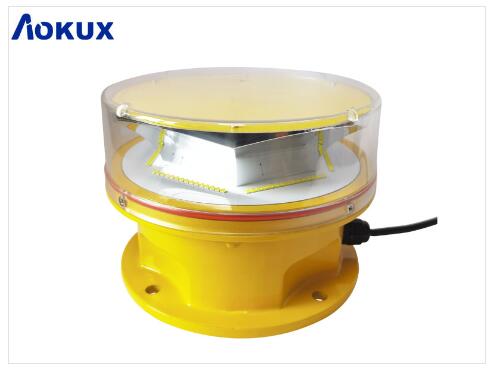
FAA obstruction lighting refers to the lighting systems and regulations set forth by the Federal Aviation Administration (FAA) to ensure the safety of aviation operations. These lighting systems are designed to increase the visibility of tall structures and potential obstructions for pilots, especially during low-visibility conditions. In this article, we will explore the importance of FAA obstruction lighting, its components, and its role in enhancing aviation safety.
Importance of FAA Obstruction Lighting
FAA obstruction lighting is of paramount importance in aviation safety as it helps pilots identify potential hazards and navigate safely around them. These lighting systems play a crucial role in marking tall structures such as communication towers, wind turbines, chimneys, and buildings, alerting pilots to their presence and ensuring safe flight paths. By providing a visual cue, FAA obstruction lighting helps prevent collisions, safeguarding both aircraft and individuals on the ground.

Components of FAA Obstruction Lighting
Red Obstruction Lights: Red obstruction lights are typically used on structures taller than a certain height specified by FAA regulations. These lights emit a steady or pulsating red light that ensures continuous visibility during both daytime and nighttime conditions.
White Strobe Lights: White strobe lights are high-intensity lights that emit short-duration flashes. These lights are often used on structures near airports, heliports, or areas with heavy air traffic. The intense flashes of white light make structures highly visible even in poor weather conditions.
Dual Lighting Systems: Some FAA obstruction lighting systems combine red obstruction lights with white strobe lights. This dual lighting system provides enhanced visibility and is commonly used on tall structures located in busy airspace or areas with high air traffic. The combination of red and white lights ensures maximum recognition and visibility for pilots.
| 1.1 | 1.4 |
| 1.2 | 1.5 |
| 1.3 | 1.6 |